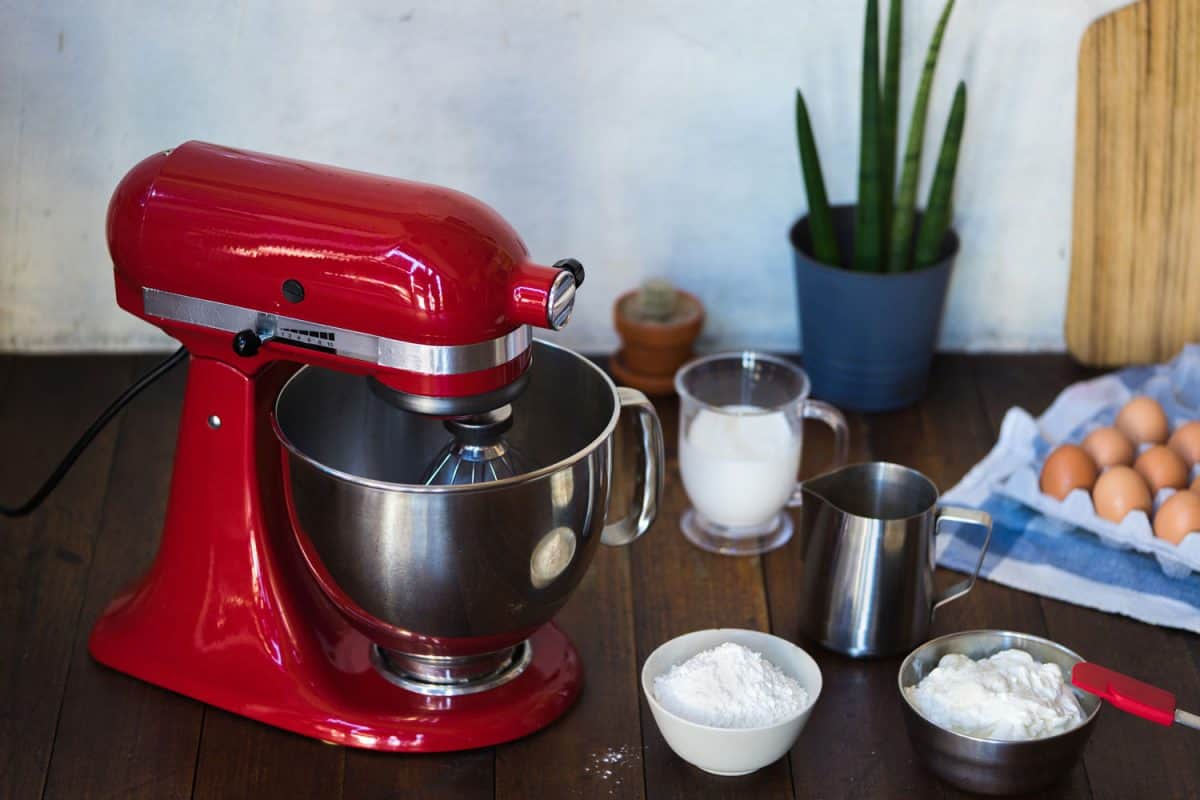

Articles
How Many Horsepower Is A Kitchenaid Mixer
Modified: September 1, 2024
Discover how many horsepower a Kitchenaid mixer has in this informative article. Learn about the power and performance of this popular kitchen appliance.
(Many of the links in this article redirect to a specific reviewed product. Your purchase of these products through affiliate links helps to generate commission for Storables.com, at no extra cost. Learn more)
Introduction
Welcome to the world of kitchen appliances, where functionality meets style and convenience. One iconic brand that has revolutionized culinary experiences is KitchenAid. Known for its high-quality and durable products, KitchenAid has become a trusted name in the industry. Among their extensive range of appliances, one particular item stands out – the KitchenAid mixer.
The KitchenAid mixer has been a staple in kitchens around the world for decades, offering effortless mixing, blending, and whipping capabilities. It has become a must-have tool for both amateur bakers and professional chefs alike. However, a common question that arises when considering the purchase of a KitchenAid mixer is, “How many horsepower does it have?”
To fully understand the intricacies of horsepower in a KitchenAid mixer, let’s delve deeper into the technical aspects, explore the factors that affect horsepower, and compare different models to determine the ideal horsepower for specific kitchen tasks. By the end of this article, you’ll have a comprehensive understanding of horsepower in KitchenAid mixers and be ready to make an informed decision on which model best suits your needs.
Key Takeaways:
- Horsepower in KitchenAid mixers signifies motor strength, impacting mixing capabilities. Consider your cooking needs to choose the right horsepower for optimal performance and consistent results.
- Different KitchenAid mixer models offer varying horsepower and features. Evaluate factors like motor design, efficiency, and load capacity to select the ideal model for your culinary adventures.
Read more: Kitchenaid Mixer How Many Watts
KitchenAid Mixer Overview
The KitchenAid mixer is a versatile and powerful kitchen appliance designed to assist in various cooking and baking tasks. With its iconic design and robust construction, it has become a symbol of reliability and excellence in the culinary world.
Available in a wide range of models and colors, KitchenAid mixers have captured the hearts of home cooks and professional chefs alike. The mixer’s main body features a motor that powers a rotating attachment, such as the beater, dough hook, or whisk, depending on the desired operation. This enables the mixer to perform tasks like mixing dough, kneading bread, whisking egg whites, and blending ingredients effortlessly.
One of the standout features of a KitchenAid mixer is its planetary mixing action. Unlike traditional mixers that rotate the beaters in a circular motion, KitchenAid mixers utilize a unique planetary mixing action. This means that the attachment spins on its own axis while simultaneously orbiting around the inside of the mixing bowl. This ensures that all ingredients are thoroughly mixed and reduces the need for manual scraping and stirring.
In addition to its mixing capabilities, KitchenAid mixers often come with a variety of optional attachments, further enhancing their versatility. These attachments can transform the mixer into a multifunctional kitchen tool capable of tasks such as grinding meat, making pasta, slicing vegetables, and even juicing fruits. KitchenAid mixers truly empower users to explore their culinary creativity and expand their repertoire of recipes.
Another notable feature of KitchenAid mixers is their durability. These mixers are built to withstand heavy use and are constructed from high-quality materials that can withstand the toughest of kitchen environments. This durability ensures that your KitchenAid mixer will serve you faithfully for years to come, making it a worthwhile investment for any cooking enthusiast.
With its powerful motor, versatile attachments, and durable construction, the KitchenAid mixer has become an essential tool in the modern kitchen. Whether you’re a baking aficionado, a home cook, or a culinary professional, a KitchenAid mixer will undoubtedly elevate your cooking experiences and make your time in the kitchen more enjoyable and efficient.
Understanding Horsepower in KitchenAid Mixers
When it comes to KitchenAid mixers, horsepower refers to the power and strength of the motor that drives the mixing attachments. The higher the horsepower, the more powerful the mixer, and the better it can handle heavy-duty mixing tasks.
It’s important to note that the term “horsepower” used in relation to KitchenAid mixers is not the same as the horsepower used to measure the output of an engine. In the case of mixers, it is a marketing term used to signify the capability and performance of the appliance.
KitchenAid mixers typically range from 250 to 575 watts of power, which is often labeled as 1/3, 1/2, or 1 horsepower. However, it’s crucial to understand that this horsepower measurement does not represent the actual output of the mixer. Instead, it is a representation of the power capability of the motor.
Higher horsepower KitchenAid mixers are generally better suited for heavy mixing tasks such as kneading bread dough or working with thicker batters. A more powerful motor can handle these tasks with ease and ensure smooth and consistent mixing without straining the machine.
However, it’s essential to consider your specific needs and usage patterns when selecting a KitchenAid mixer based on horsepower. If you primarily engage in light to moderate mixing tasks like whipping cream or mixing cake batters, a lower horsepower mixer may be sufficient. On the other hand, if you frequently tackle heavy-duty tasks or large batches, opting for a higher horsepower model would be more appropriate.
It’s worth noting that while horsepower is an essential consideration, it should not be the sole determining factor when choosing a KitchenAid mixer. Other factors such as capacity, speed settings, available attachments, and overall performance should also be taken into account.
Ultimately, the goal is to select a KitchenAid mixer with an appropriate horsepower that aligns with your specific cooking needs. By understanding the role of horsepower in the functionality of a KitchenAid mixer, you can make an informed decision and ensure that your investment meets your expectations and delivers outstanding mixing results.
Factors Affecting the Horsepower of a KitchenAid Mixer
Several factors contribute to the horsepower of a KitchenAid mixer. Understanding these factors can help you determine the right level of power for your specific cooking needs. Here are the key factors that affect the horsepower of a KitchenAid mixer:
- Motor Design: The design and engineering of the mixer’s motor play a significant role in determining its horsepower. Factors such as the number of motor windings, the size of the motor, and the quality of the internal components can affect the power output.
- Motor Efficiency: The efficiency of the motor in converting electrical energy into mechanical energy is also crucial. A more efficient motor will utilize electricity more effectively, translating into better performance and power output for the mixer.
- Gear System: The gear system in a KitchenAid mixer helps regulate the speed and power delivered to the mixing attachments. A high-quality gear system with sturdy gears can enhance the power and torque of the mixer, resulting in better mixing performance.
- Mixing Attachments: Different mixing attachments require varying levels of power to perform optimally. Attachments like dough hooks or spiral hooks, which are used for heavy-duty tasks like kneading bread dough, typically require more power compared to attachments used for lighter mixing tasks like whisking eggs.
- Mixing Bowl Size: The size of the mixing bowl can indirectly affect the horsepower requirements of a KitchenAid mixer. Larger mixing bowls may require more power to effectively mix ingredients, especially when working with larger quantities or denser batters.
- Speed Settings: The speed settings available on a KitchenAid mixer can impact the power output. Higher speed settings typically require more power to maintain consistent mixing performance.
- Load Capacity: The load capacity, or the amount and consistency of the mixture being mixed, can impact the horsepower requirements. Heavier or denser mixtures may require more power to achieve the desired mixing results.
It’s essential to consider these factors when selecting a KitchenAid mixer with the right horsepower for your needs. Evaluating the motor design, efficiency, gear system, and compatibility with the mixing attachments and bowl size will help ensure that you choose a mixer that can handle the tasks you require it to perform.
By taking these factors into consideration, you can make an informed decision and select a KitchenAid mixer that delivers the optimal power and performance for your culinary adventures.
A KitchenAid mixer typically has a horsepower of around 0.5 to 0.8, which is equivalent to about 375 to 600 watts. This power allows it to handle a wide range of mixing tasks in the kitchen.
Comparing Different Models of KitchenAid Mixers
When it comes to choosing a KitchenAid mixer, there are several models available, each offering different features and specifications. Understanding the differences between these models can help you select the one that best fits your needs. Here’s a comparison of different KitchenAid mixer models:
- Artisan Series: The Artisan Series is one of the most popular and versatile lines of KitchenAid mixers. It offers a wide range of colors to match any kitchen decor and comes with a 5-quart mixing bowl. This series typically has a power output of 325 watts, making it suitable for most home cooking and baking tasks. It is ideal for those who enjoy making a variety of recipes, from cakes to bread dough.
- Professional Series: The Professional Series is designed for those who need a high-capacity mixer with extra power for heavy-duty tasks. These models often have a power output of 575 watts, making them capable of handling large quantities of dough or batter. The Professional Series also features a larger mixing bowl, often around 6 or 7 quarts, which is perfect for commercial or professional use.
- Classic Series: The Classic Series is a more compact and budget-friendly option in the KitchenAid mixer lineup. These models typically have a 4.5-quart mixing bowl and a power output of around 250 watts. While they may not have the same power as the Artisan or Professional Series, they are still capable of handling light to moderate mixing tasks and are perfect for small kitchens or occasional bakers.
- Mini Series: The Mini Series offers a smaller footprint, making it perfect for those with limited counter space. These mixers come with a 3.5-quart mixing bowl and have a power output of around 250 watts. Despite their smaller size, they can still handle a range of mixing tasks, making them suitable for small households or those who primarily engage in light baking.
- Pro Line Series: The Pro Line Series represents KitchenAid’s top-of-the-line mixers, offering exceptional power and performance. These models often have a power output of 1.3 horsepower, making them incredibly powerful and capable of tackling any mixing task. They also come with a larger capacity mixing bowl, usually around 7 or 8 quarts, making them perfect for professional chefs or enthusiasts who frequently work with large batches.
When comparing different KitchenAid mixer models, it’s essential to consider factors such as power output, mixing bowl size, available attachments, and your specific cooking needs. The Artisan Series is a popular choice for most home cooks, providing a balance of power and versatility. However, if you frequently work with large quantities or need extra power, the Professional or Pro Line Series may be more suitable.
Ultimately, the choice of the KitchenAid mixer model depends on your cooking habits, the size of your household, and the types of recipes you typically prepare. By considering these factors and comparing the features of different models, you can find the perfect KitchenAid mixer that will become your trusted companion in the kitchen.
Read more: How Many Watts Is A KitchenAid Stand Mixer
Recommended Horsepower for Different Kitchen Tasks
Choosing the right KitchenAid mixer horsepower for specific kitchen tasks can make a significant difference in achieving optimal mixing results. Here are some general recommendations for horsepower based on common kitchen tasks:
- Light Mixing Tasks: For tasks like whisking eggs, blending cake batters, or mixing together cookie dough, a KitchenAid mixer with a horsepower of 1/3 to 1/2 is typically sufficient. These mixers provide enough power to effortlessly combine ingredients and create smooth, consistent mixtures.
- Heavy Mixing Tasks: When dealing with dense doughs, such as bread or pasta dough, a more powerful KitchenAid mixer is recommended. Aim for a mixer with a horsepower of at least 1/2 or higher, as these models can handle the additional resistance and knead the dough effectively without straining the motor.
- Large Batches: If you frequently work with large quantities or double batches, consider a KitchenAid mixer with a higher horsepower, such as those in the Professional or Pro Line Series. These mixers typically have a horsepower of 1 or higher and can handle the increased volume and thickness of the mixture with ease.
- Multitasking: If you often find yourself multitasking in the kitchen, juggling several recipes at once, it may be beneficial to opt for a more powerful mixer. Look for a model with a horsepower of 1/2 or higher, as it can handle the demands of simultaneous mixing tasks and maintain consistent performance.
It’s important to note that these recommendations are general guidelines and can vary depending on individual preferences and specific recipes. It’s always a good idea to refer to the manufacturer’s specifications for each KitchenAid mixer model and assess its power output and capabilities to ensure it aligns with your intended usage.
Additionally, keep in mind that horsepower is just one factor to consider when selecting a KitchenAid mixer. Other factors, such as speed settings, attachments, and overall performance, should also be taken into account to ensure the mixer meets all of your culinary needs.
By choosing the appropriate horsepower for your specific kitchen tasks, you can enjoy optimal mixing performance, consistent results, and a seamless baking experience with your KitchenAid mixer.
Conclusion
The KitchenAid mixer is a versatile and indispensable tool in any kitchen, offering the convenience and power to simplify and elevate your cooking and baking experiences. Understanding the concept of horsepower in KitchenAid mixers is essential in selecting the right model that suits your specific needs.
In this article, we explored the various aspects of KitchenAid mixers, including their overview, understanding of horsepower, factors affecting horsepower, comparisons between different models, and recommended horsepower for different kitchen tasks.
It is crucial to evaluate factors like motor design, efficiency, gear system, and load capacity when considering the horsepower of a KitchenAid mixer. These factors can ensure that the mixer has the necessary power to handle your preferred cooking and baking tasks with ease and efficiency.
Different KitchenAid mixer models offer various features and specifications that cater to different cooking styles and requirements. Whether you choose the Artisan Series for its balance of power and versatility or the Professional Series for heavy-duty tasks, there is a model that fits your needs.
When selecting a KitchenAid mixer, it’s important to consider not only the horsepower but also other factors such as mixing bowl size, available attachments, and speed settings. These factors contribute to the overall performance and functionality of the mixer, ensuring a seamless and enjoyable cooking experience.
By understanding the range of horsepower options and their applications, you can confidently choose the right KitchenAid mixer that meets your specific culinary needs. Whether you’re a passionate home cook, an aspiring baker, or a professional chef, a KitchenAid mixer is a worthwhile investment that will enhance your cooking abilities and bring your culinary creations to new heights.
So, take your time, consider your cooking habits and requirements, and choose the KitchenAid mixer that will become your trusted kitchen companion for years to come. Happy mixing!
Frequently Asked Questions about How Many Horsepower Is A Kitchenaid Mixer
Was this page helpful?
At Storables.com, we guarantee accurate and reliable information. Our content, validated by Expert Board Contributors, is crafted following stringent Editorial Policies. We're committed to providing you with well-researched, expert-backed insights for all your informational needs.
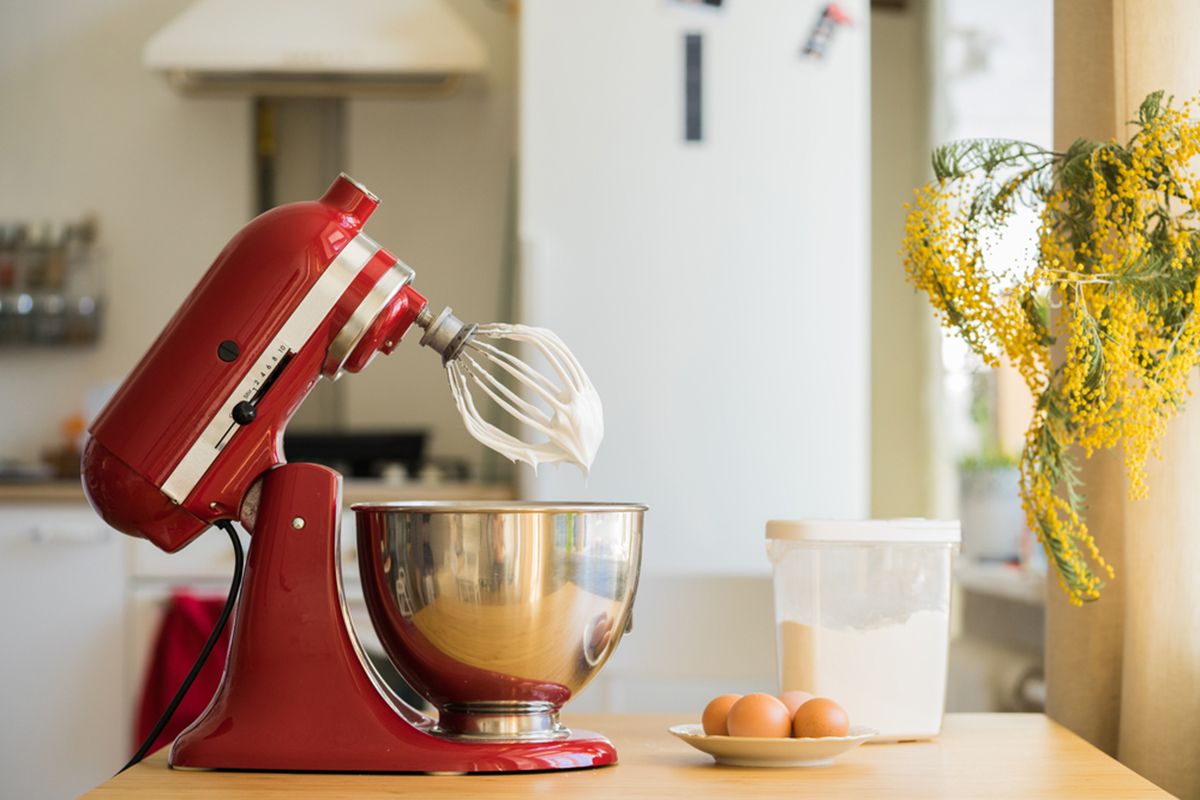
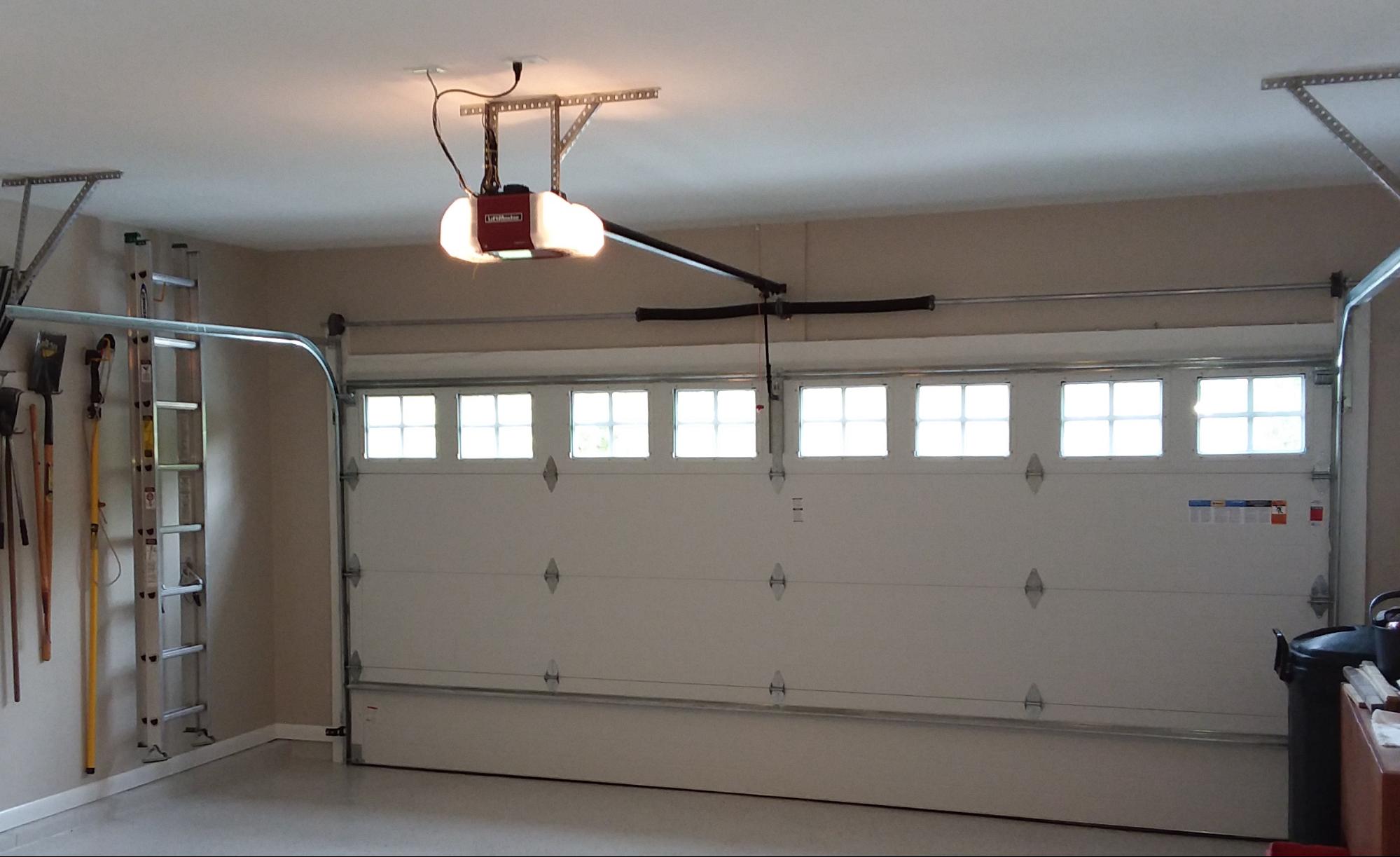
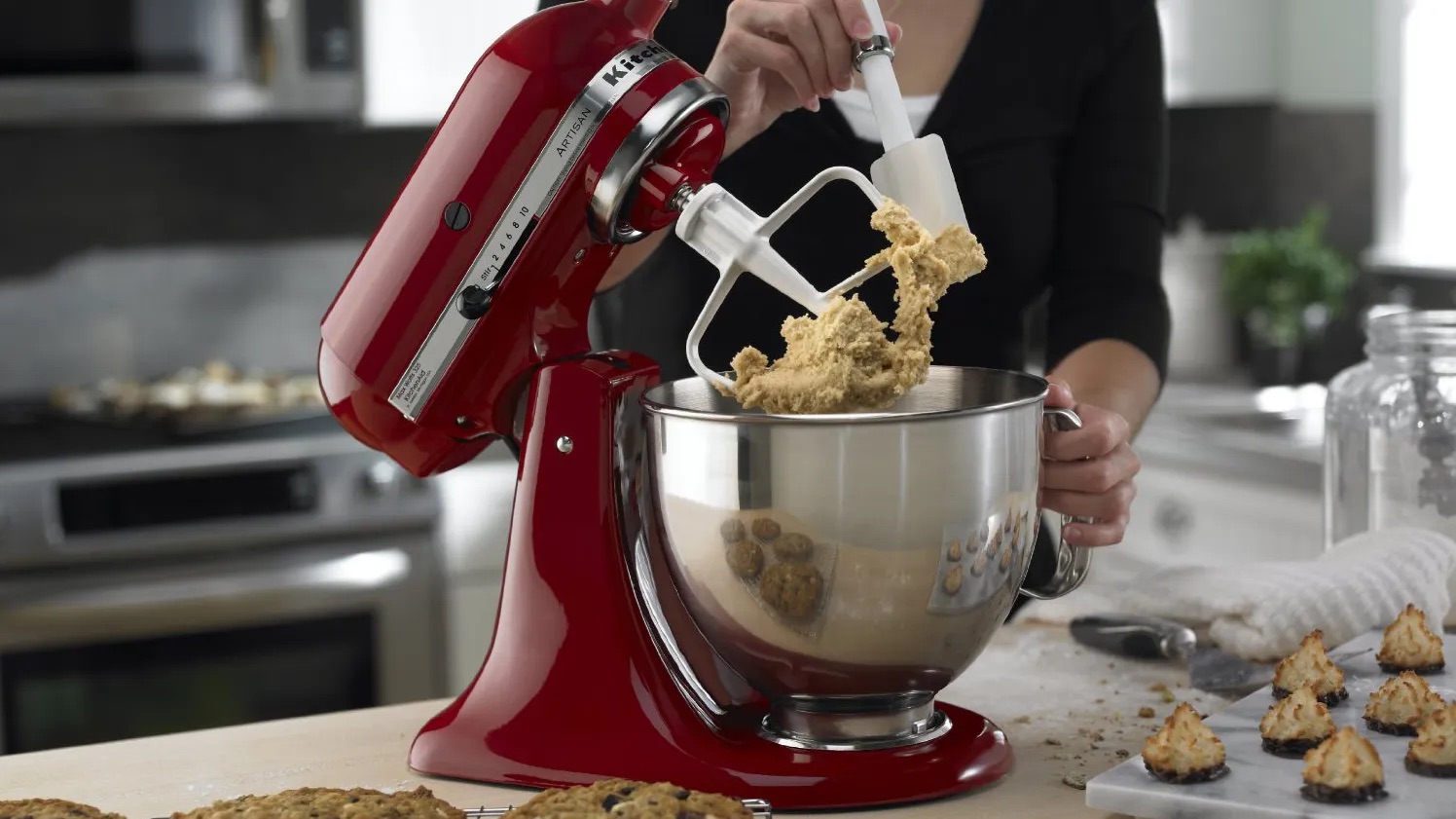

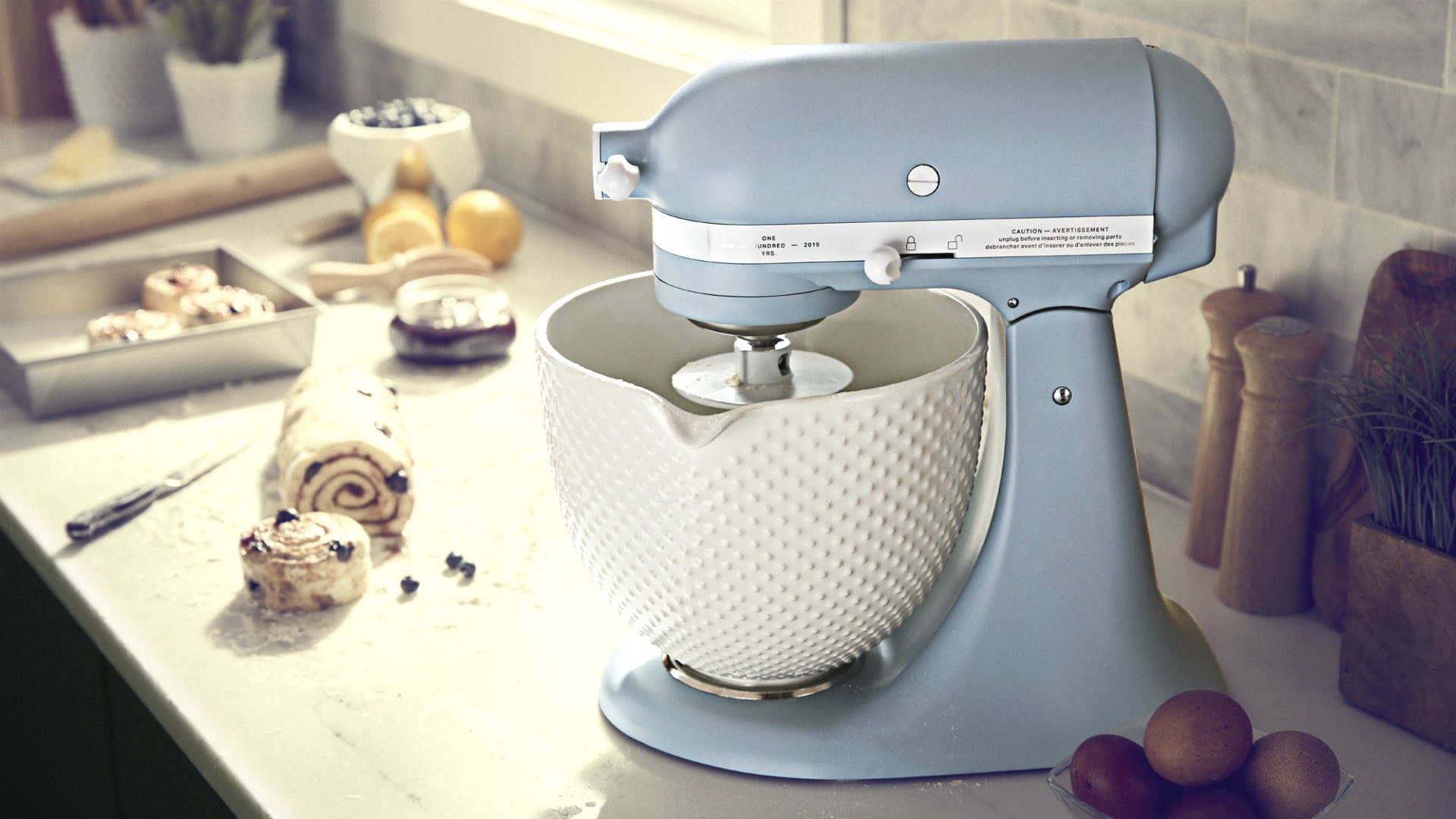
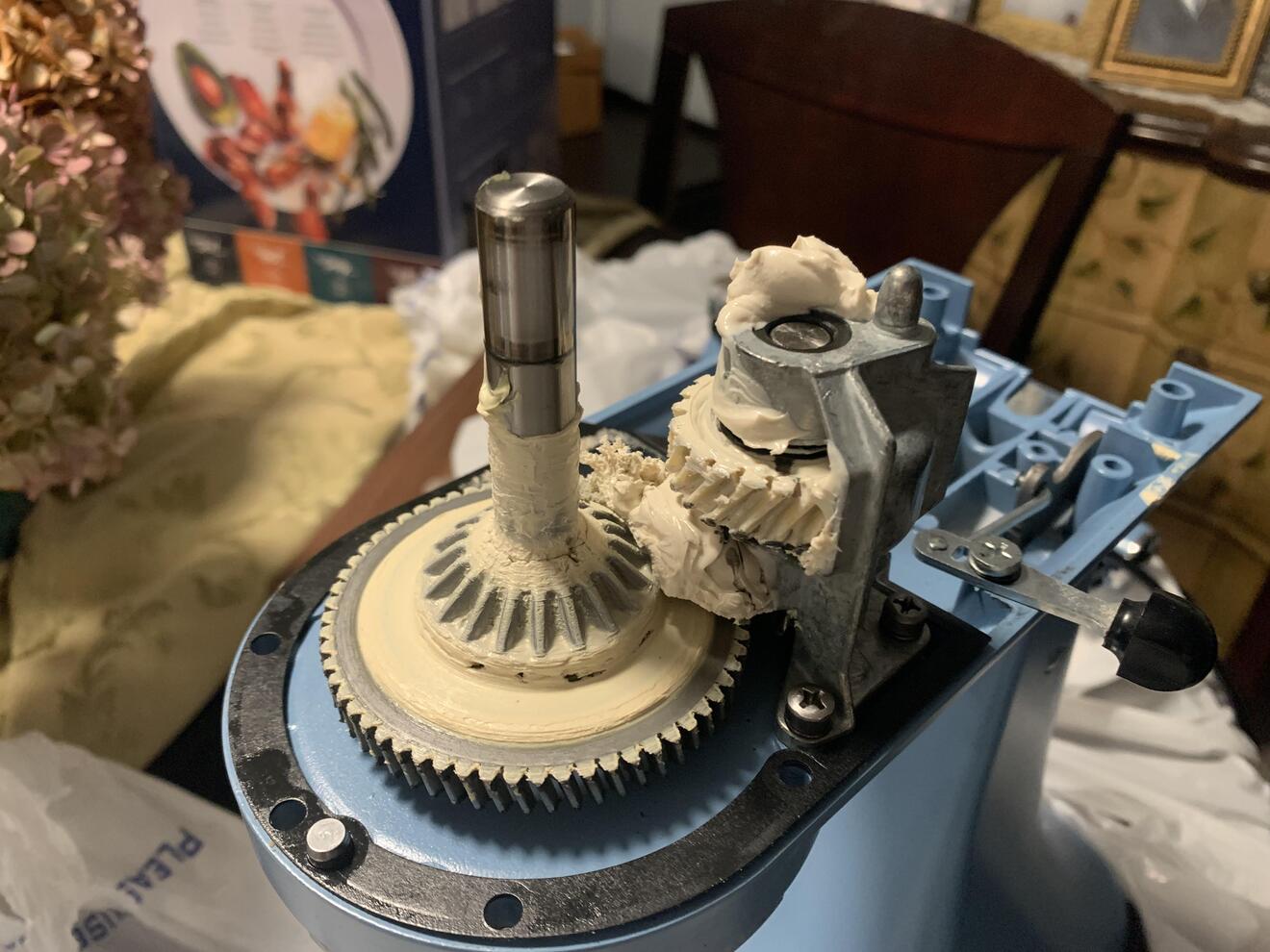

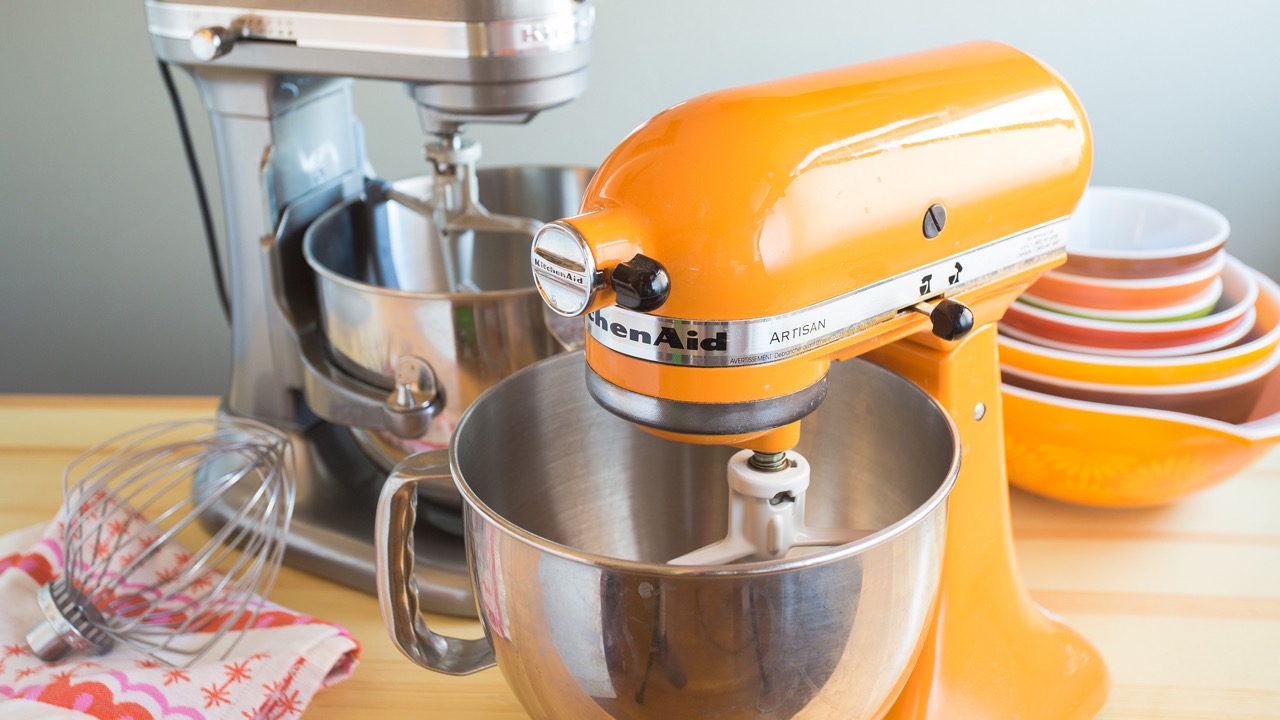
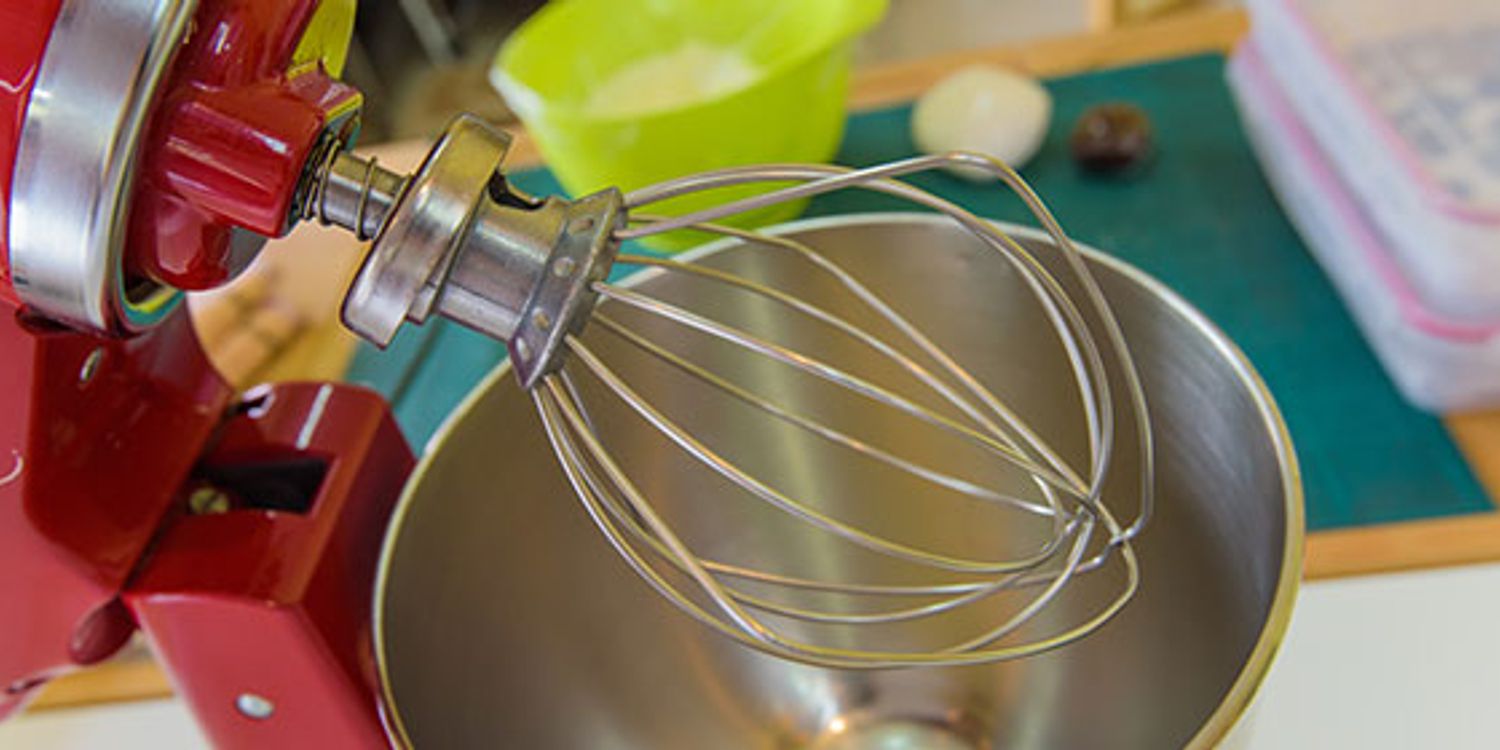
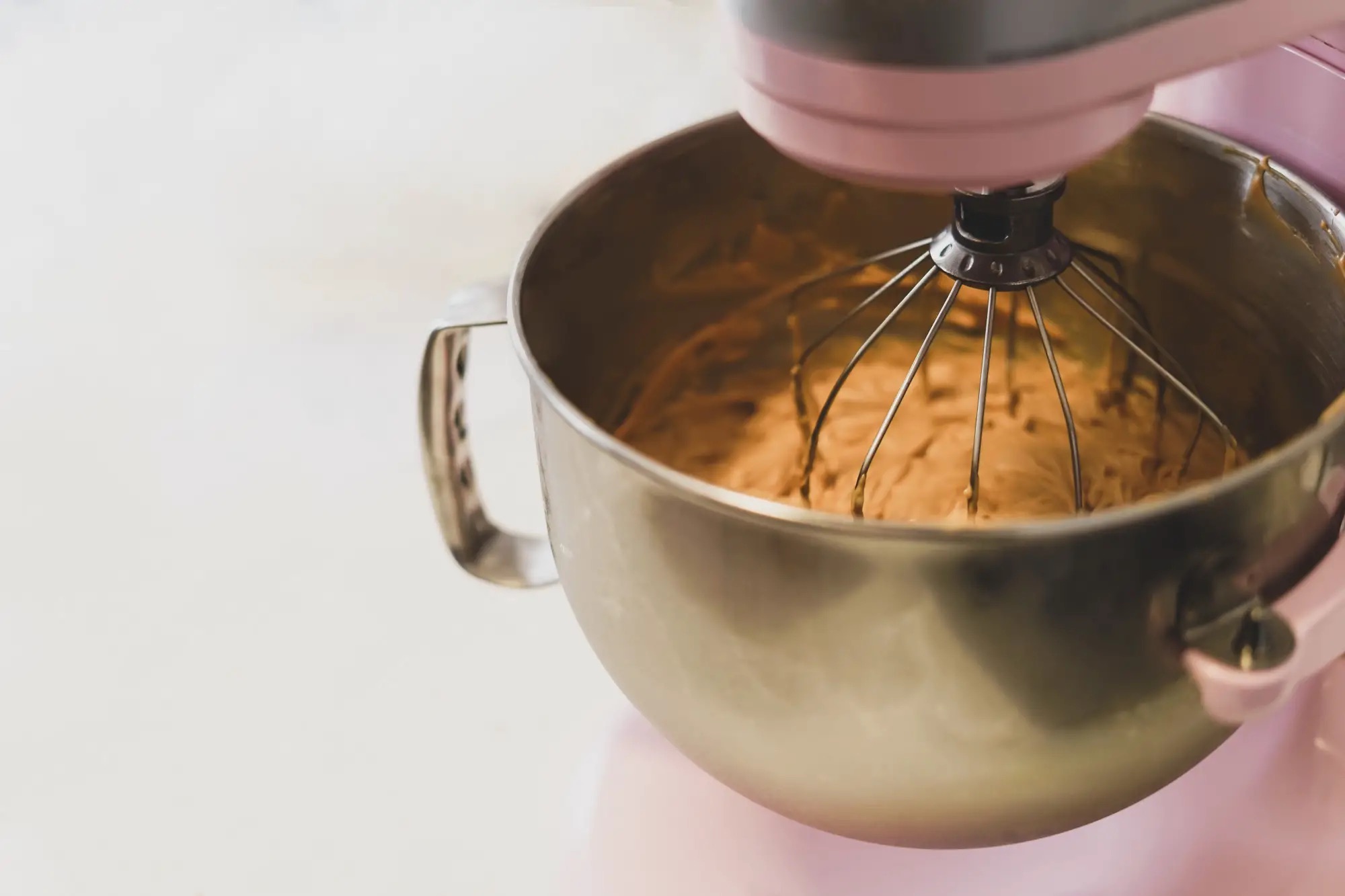
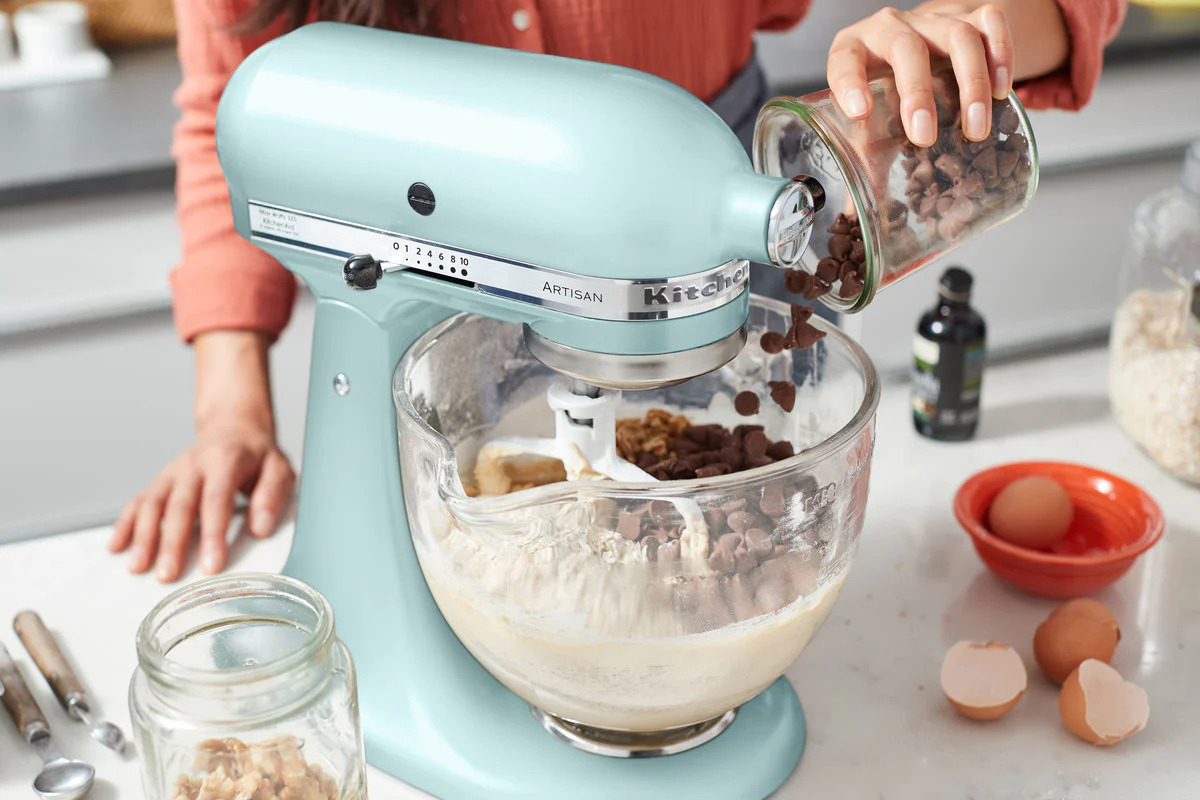
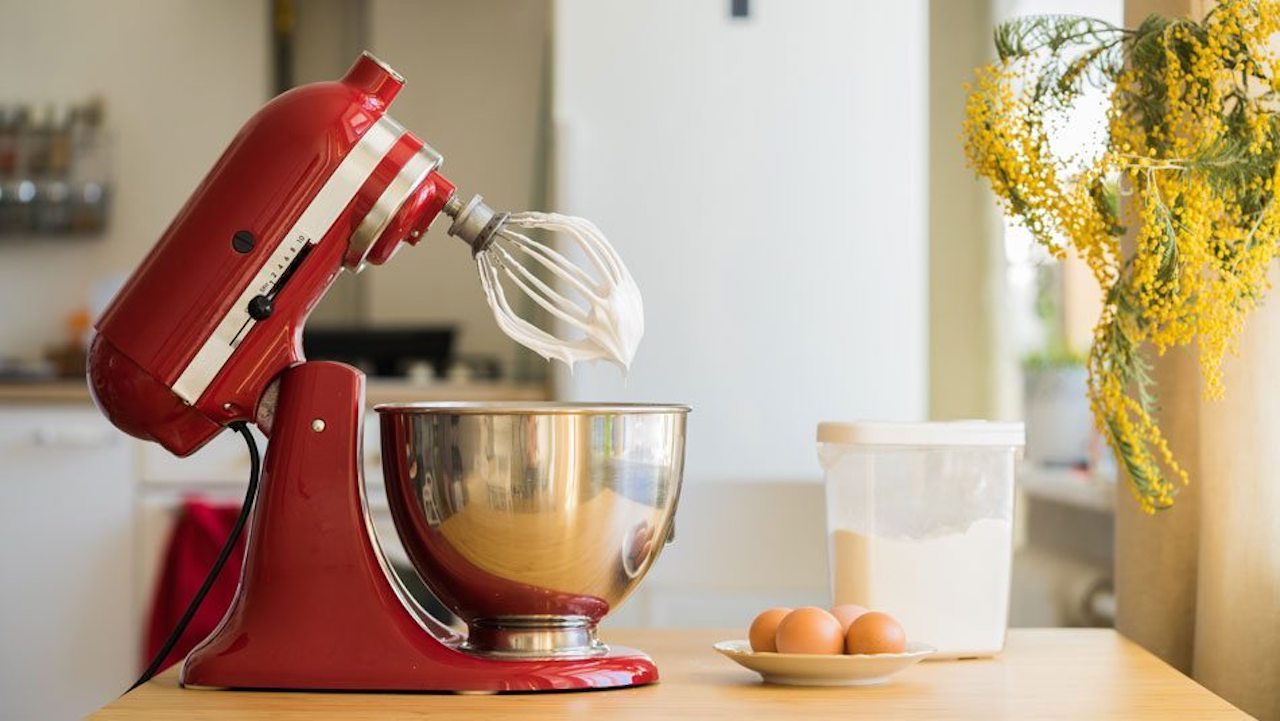
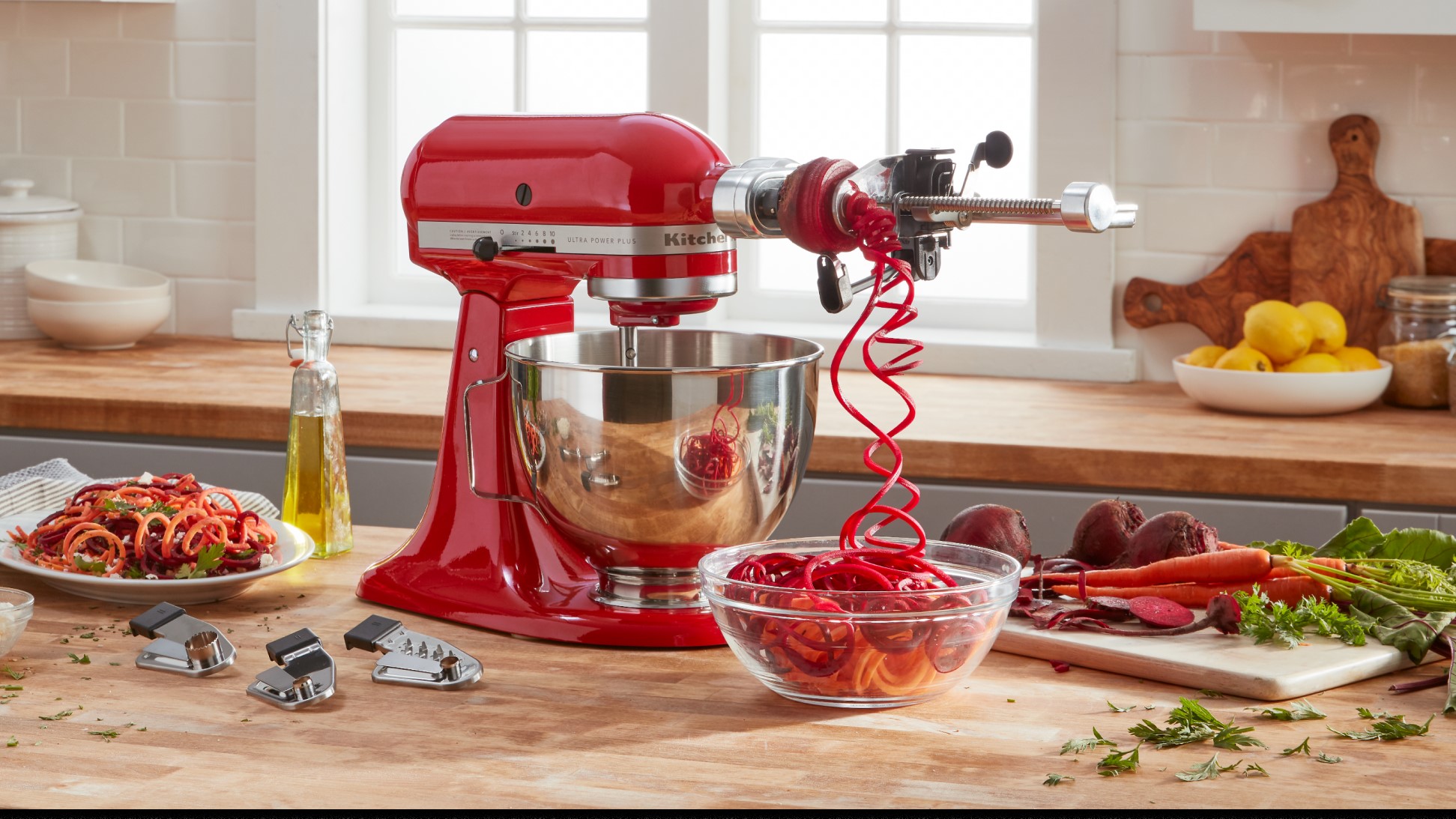
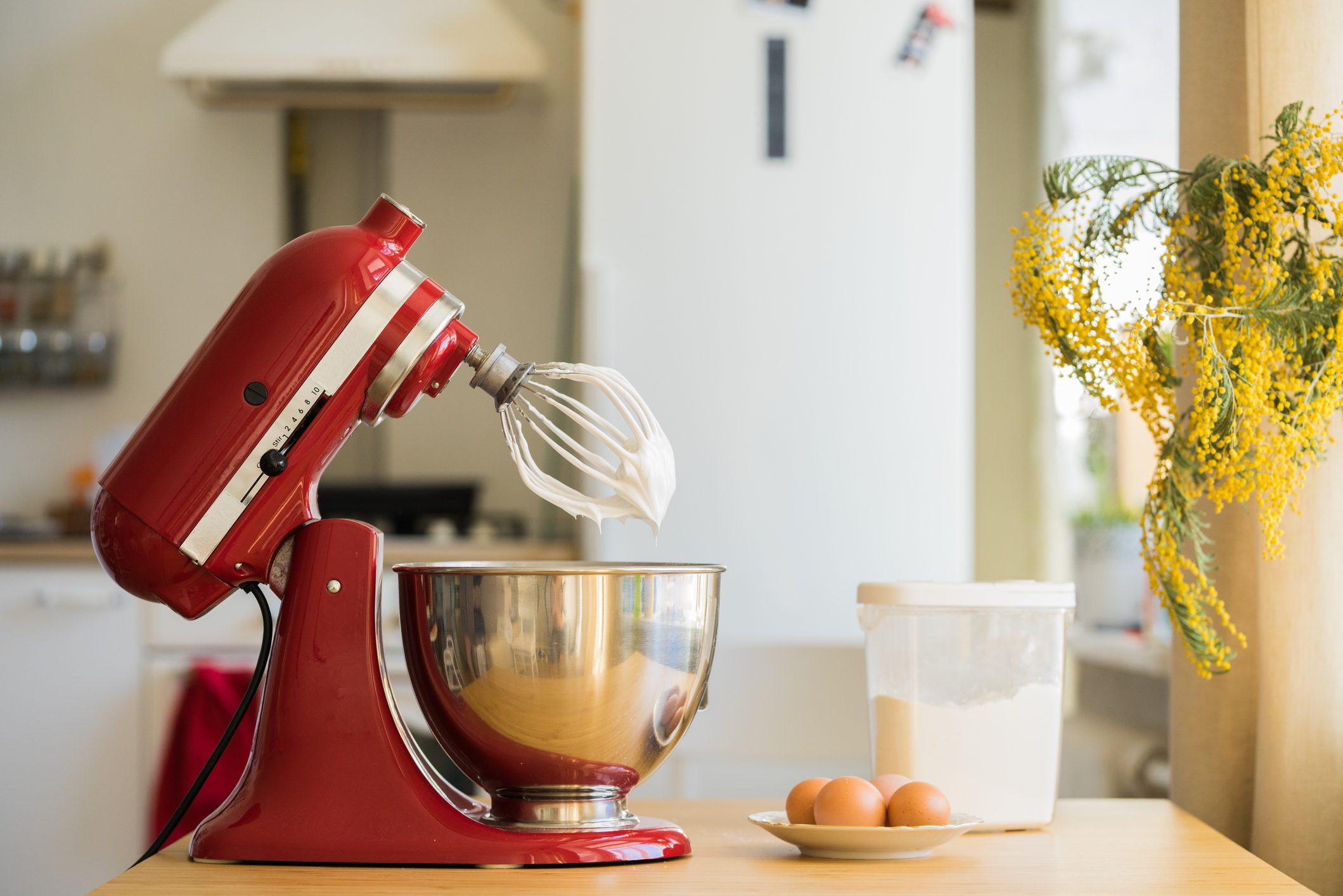

0 thoughts on “How Many Horsepower Is A Kitchenaid Mixer”